The break-up of Soviet Union in the early 1990s was accompanied by rise of ethnic tensions in many former Soviet States. Soon, ethno-political wars erupted forcing more than 280.000 internally displaced persons (IDPs) to flee their homes. The Russian-Georgian war of 2008, again centering around the issue of South Ossetia, resulted in another wave of displacement. Today, most of the IDPs are being prevented from safe and dignified return to their places of origin. Instead they slowly start settling in what were supposed to be just temporary camps between Tbilisi and the newly built, russian controlled border. Others, like ethic romas or the chechnyan refugees in the Pankisi valley, came from warzones outside Georgia. Many of them are stateless which means they lack basic documents like a passport or a national ID card. This again may prevent them and their children from going to school or getting proper health care. NGOs like the IRC in Georgia are working to raise attention on this issue on national and international level, as well as assisting stateless persons in the country by providing legal support.
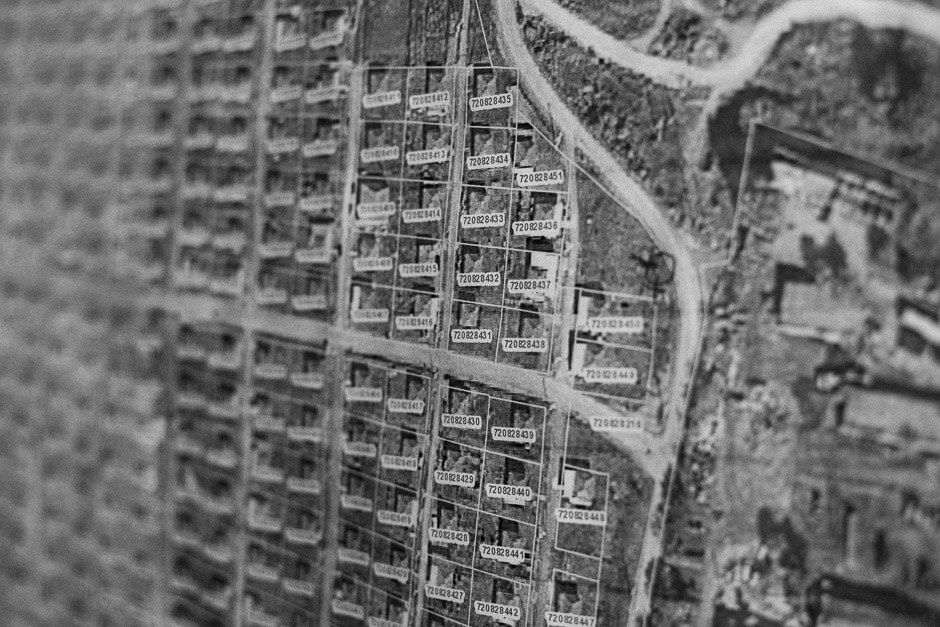
A map inside the administration office of Tserovani, a settlement of refugees from the breakaway region South Ossetia.
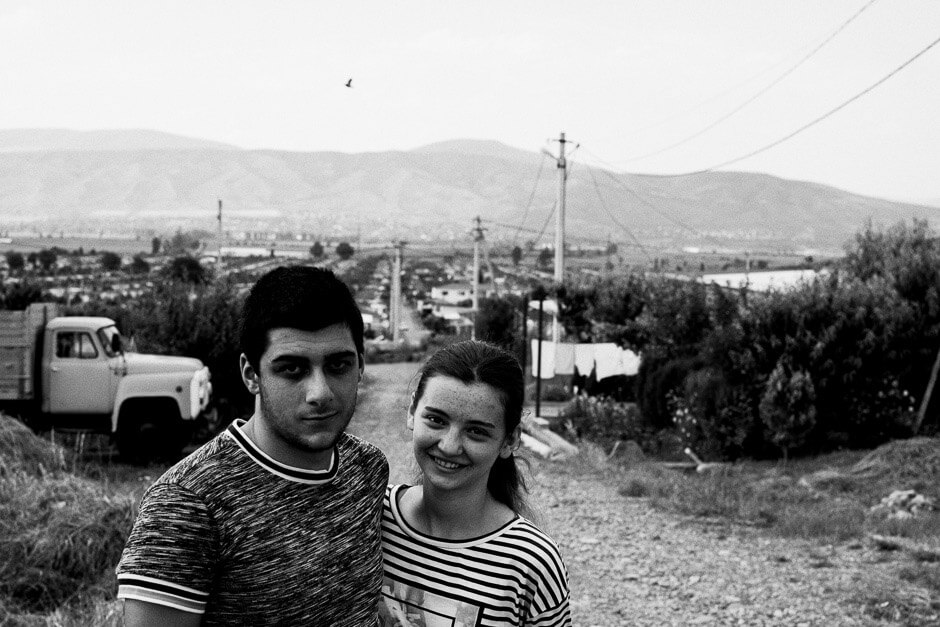
A young and newly married couple in Tserovani. People went to live here in small cottages after the Russia-Georgia war in August 2008.

Boys on the schools football pitch at the Tserovani refugee camp.

For the IDPs, fares for public transportation taking people to work in the nearby capital of Tbilisi are highly subsidized. Most families in Tserovani rely on a monthly allowance of 45 laris (15,50 €), granted by the Georgian government.
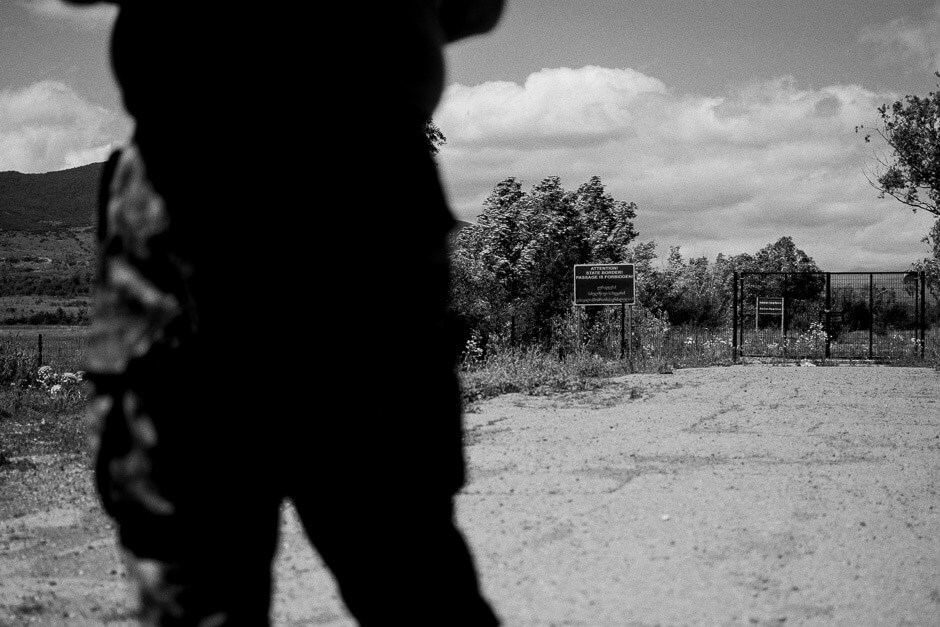
A century after the war with Russia, the Georgia-South Ossetia border remains heavily guarded on both sides.
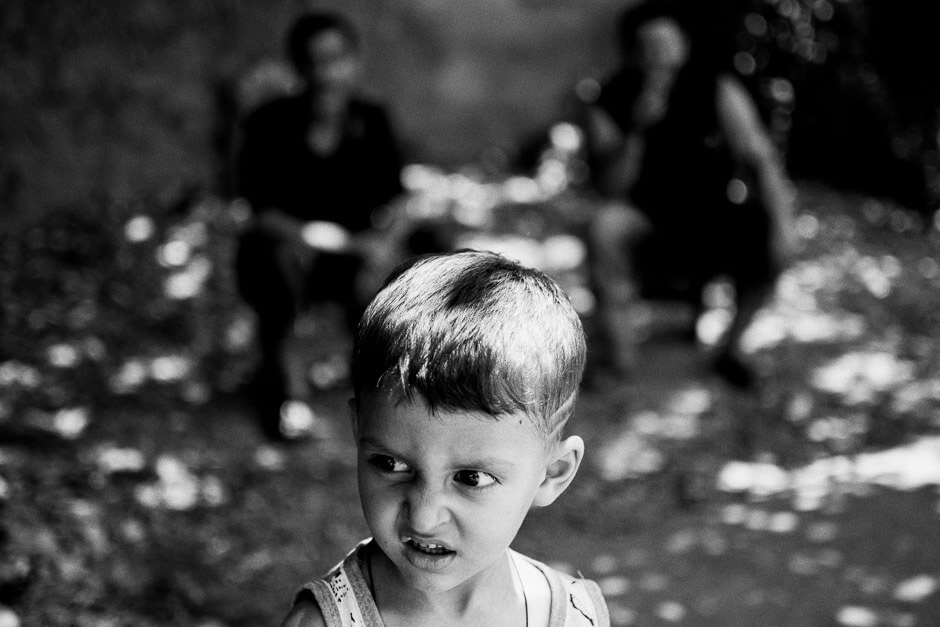
Roma people are considered one of the most impoverished ethnic groups in Georgia. The majority of them have no access to education, jobs and healthcare services.

Violeta Bjania, a Georgian citizen since 2014, left her native village in Abkhazia at the start of the 1992 war between Georgia and Abkhaz separatists. The process from being a stateless refugee without any documents to finally gaining citizenship took two years.

A refugee family from Azerbaijan. As in this case, often statelessness only becomes apparent when children enter the system by starting to go to school.
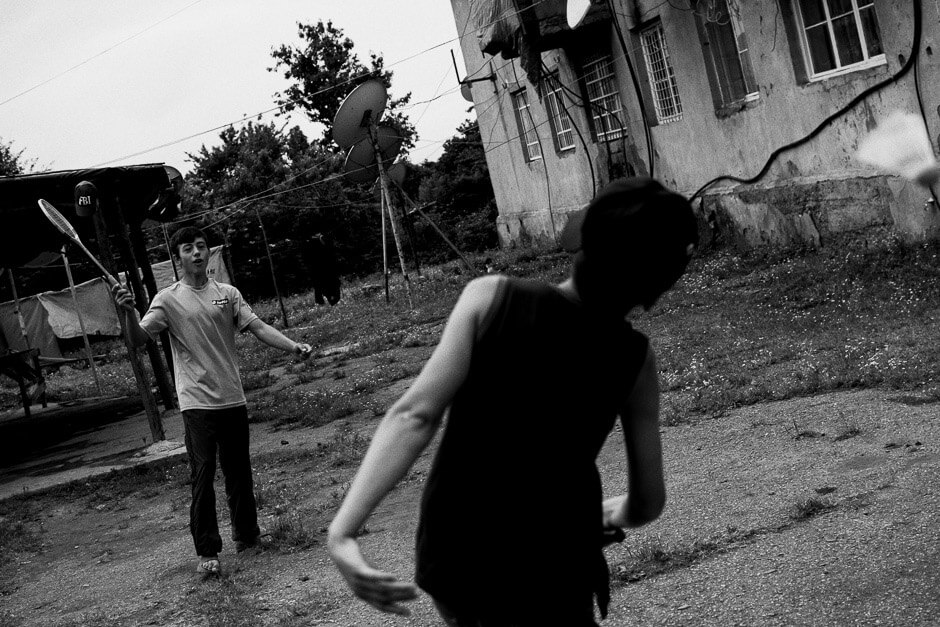
The second Chechen war in 1999, sent thousands of refugees like her over the Russian border from Chechnya into Georgia's Pankisi Gorge. Even today, many do not want to return fearing repression and remain stranded in camps.

Just eight miles long and two miles wide, the Pankisi Gorge is located south of the Georgian-Chechen border. The majority of Chechen fighters in Syria are recruited from here. Inevitably many of them will return home one day, to an area of the country where just one percent of youth are employed.
